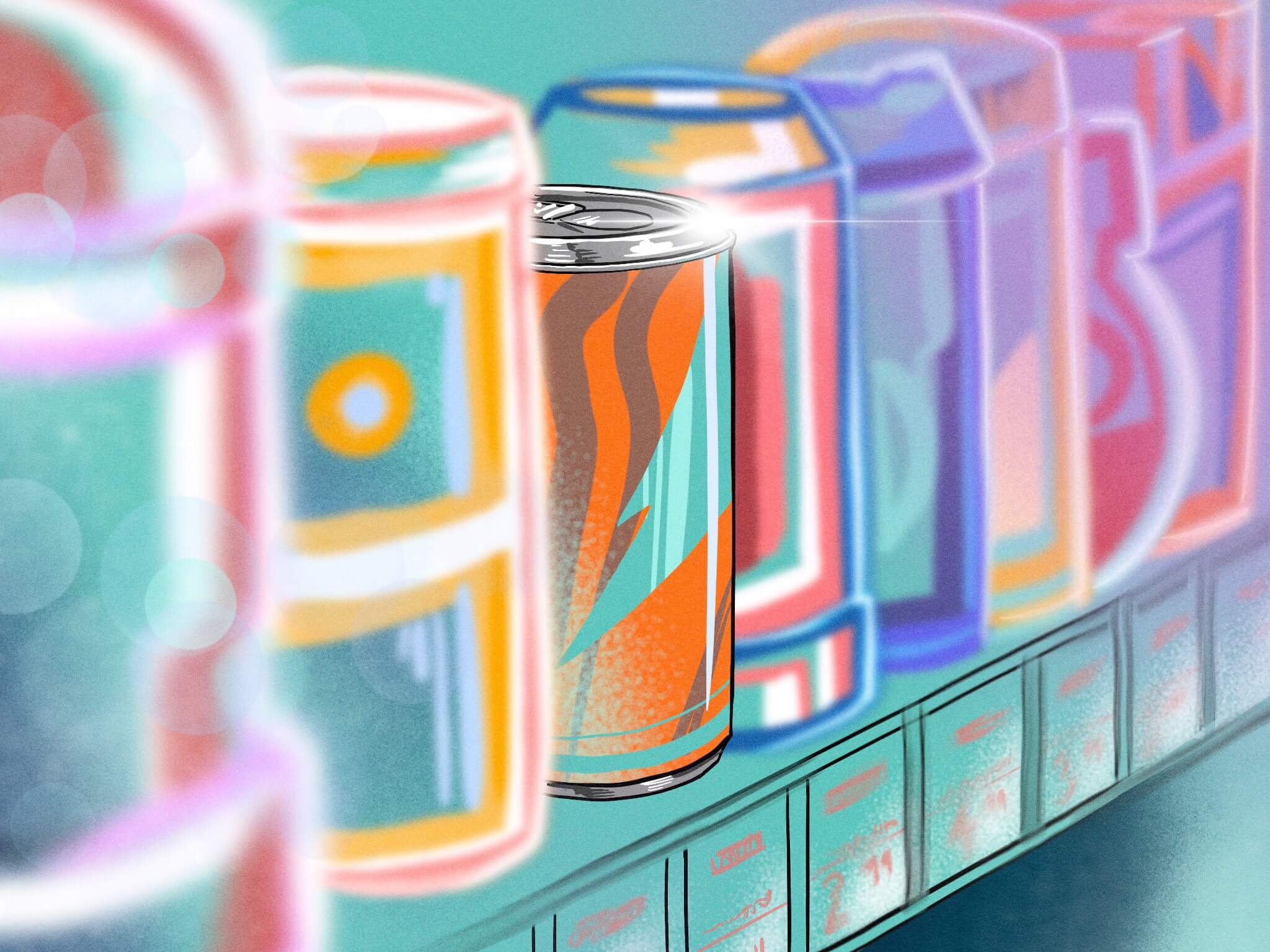Energy drinks: the new coffee

Most of us can not imagine starting a day without a strong cup of coffee or tea. For some, energy drinks have replaced the morning hot beverage ritual. Statistics show that caffeine is the most consumed drug in the world, mainly consumed through coffee, tea, soft drinks, or energy drinks. According to the National Coffee Association, 66% of Americans drink coffee every day, up 14% since January 2021, surpassing any other beverage, including tap water. Companies such as Gatorade, owned by PepsiCo Inc (NASDAQ: PEP), and Starbucks Corp (NASDAQ: SBUX) have launched into the energy drink market, as well as celebrities and influencers, dominated mainly by companies like Red Bull and Monster Beverage Corp (NASDAQ: MNST).
It is commonly believed that humans first consumed coffee in Ethiopia and spread it to the Middle East during the 15th century. Later it spread to Europe and to the Americas, becoming a commercial commodity through plantations. Notably, it became a symbol of patriotism in the Thirteen Colonies after the destruction of British tea at Boston Harbour. The history of tea, on the other hand, is much older; where it was recorded to have been drunk by the Han Dynasty in China thousands of years ago. Sophisticated tea culture spread throughout many East Asian societies, especially through tea ceremonies.
Caffeine evolved in many native plants, the most famous being the coffee bean, the seeds of a coffee plant, in order to protect the plant from animals and to attract pollinators. For humans, it is a psychoactive drug, a stimulant that makes someone feel more awake and alert. It is commonly added to soft drinks, in addition to sweeteners and other preservatives, to enhance their flavour. In fact, the Cola part of Coca-Cola (NYSE: KO) is named after Kola nuts which contain caffeine.
Energy drinks developed in tandem with soft drinks, with the modern energy drink being first developed in 1962 in Japan. Lipovitan was advertised as an energizing tonic, with the combination of taurine, caffeine, and other fortified vitamins being sold to shift workers and the stereotypical tired office businessman. The next leap was through an Austrian named Dietrich Mateschitz, who developed the iconic Red Bull drink in 1987 with a Thai pharmacist. Using similar additives to Lipovitan, the change to cans with added carbonation was successful in the European and US markets. With their partnerships with Formula 1 racing, NASCAR, football, ice hockey, and many others have associated their drink with extreme sports has enthralled and captured younger consumers.
According to one research, the global energy drink market is expected to be $53.1 billion by the end of 2022. The sports drink Gatorade, owned by PepsiCo (NASDAQ: PEP), is releasing a caffeine-laced sports drink called Fast Twitch that has the backing of the NFL. Athletes can be expected to be seen drinking the product, especially on the sidelines. More sophisticated audiences might prefer being seen drinking the new Baya Energy released by Starbucks (NASDAQ: SBUX), with its fruity and colourful flavours. Famous celebrities like The Rock have jumped on the bandwagon, with his ZOA energy drink being promoted primarily as natural health oriented. Internet influencers like KSI and Logan Paul created a drink called PRIME, being sold out within hours due to the hype behind the release.
Energy drinks are aggressively advertised as giving energy and cognitive performance boosts; however, the detrimental health effects have worried some regulators. The added caffeine can affect the cardiovascular and neurological systems, especially when mixed with alcohol. The high amounts of sugar can cause metabolic issues, causing an increased probability of obesity. Dental erosion is also a concern due to the acidic nature of the drinks.
The multi-billion dollar energy drink industry has been growing steadily, despite the challenges in public health. There is no question that caffeine can increase physical performance or produce a pleasant buzz, but we should keep in mind its addictive nature and side effects. Perhaps in the near future, the morning drink of choice will change from a hot cup of joe to a cold fizzy can.
